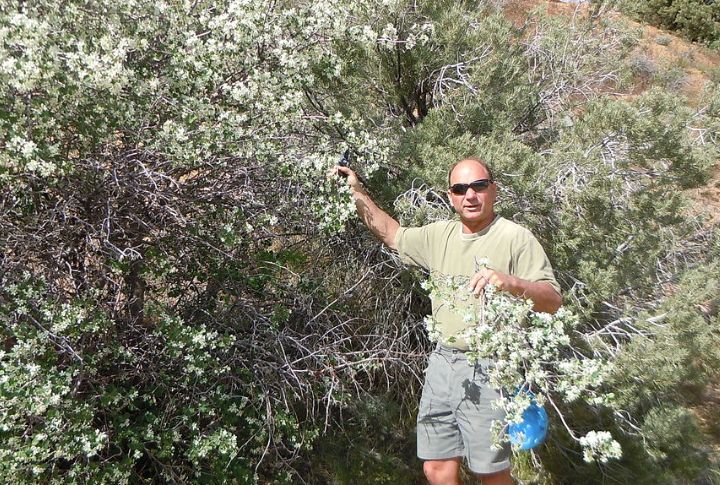
Planting the wrong evergreen can turn your dream landscape into a maintenance nightmare. Some popular names look great at the nursery but become disasters once they’re in your yard. So, before you buy supplies and prepare the soil, learn which evergreens to skip and choose better alternatives that’ll actually thrive without constant babysitting.
Leyland Cypress
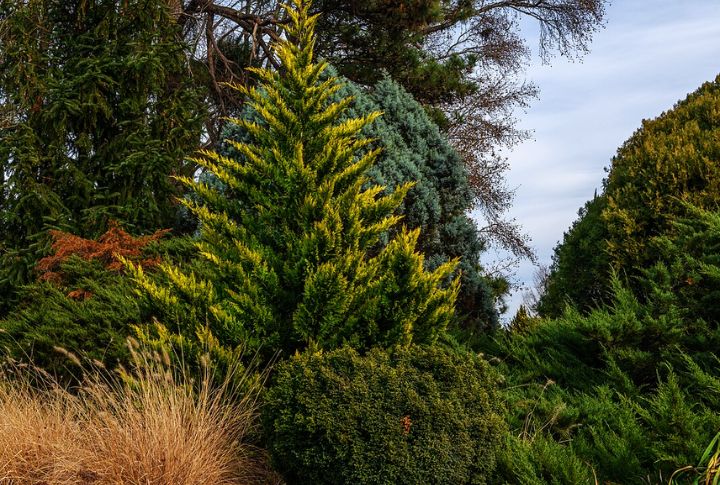
This hybrid between Nootka false cypress and Monterey cypress grows faster than your regret about planting it. Leyland Cypress can rocket over a hundred feet tall and spread nearly fifty feet wide, potentially damaging structures if planted too close. It’s sterile and can’t produce seeds, so every tree comes from cuttings of the same problematic genetics.
Bradford (Callery) Pear
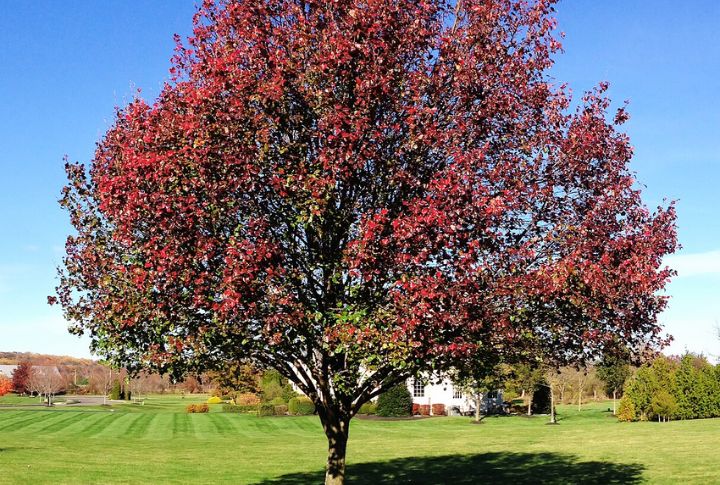
Sure, those spring blossoms look gorgeous until you get close enough to smell them. It’s like rotting fish met gym socks. Bradford Pear’s weak branch structure means storm damage is inevitable, not hypothetical. It’s also invasive in many regions thanks to prolific seed production, and despite its popularity, these trees often die before their twenty-fifth birthday.
Norway Spruce
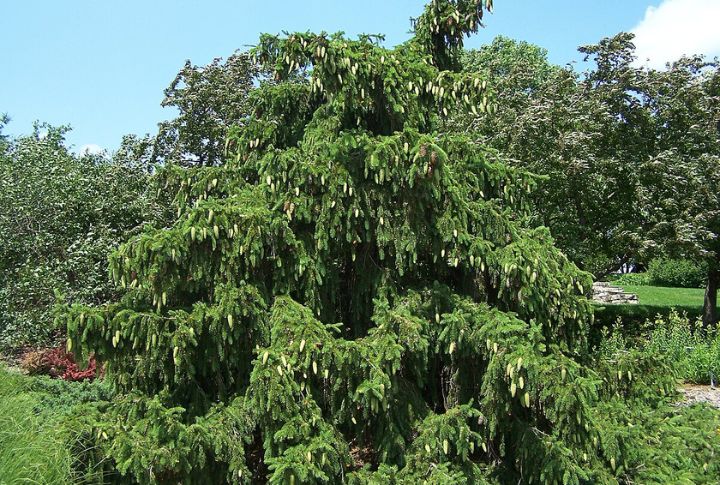
Norway Spruce also grows incredibly fast. While it works for windbreaks, it quickly becomes too massive for residential landscapes and makes your house look like a dollhouse by comparison. In humid climates, Norway Spruce is susceptible to needle cast diseases that leave it looking mangy and pathetic instead of majestic.
Monterey Pine
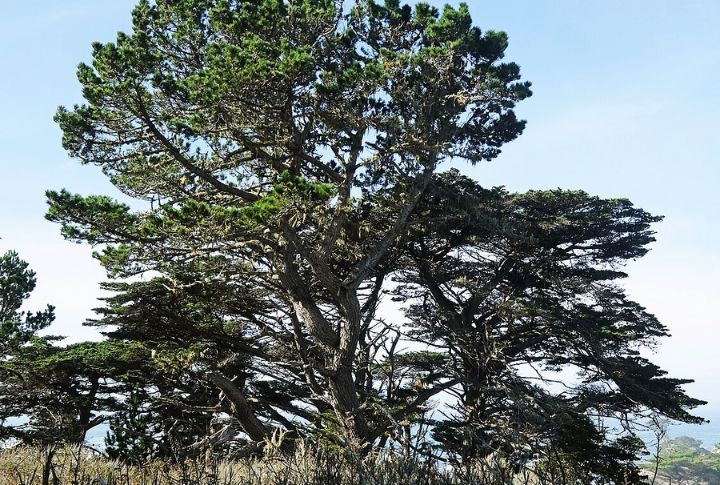
Fast growth sounds appealing until disease strikes, and with Monterey Pine, it’s not a question of if but when. This species is highly susceptible to pine pitch canker and other diseases outside its native California range, giving it a tragically short lifespan. Even though it’s widely planted for timber, your backyard isn’t a commercial plantation.
Cherry Laurel
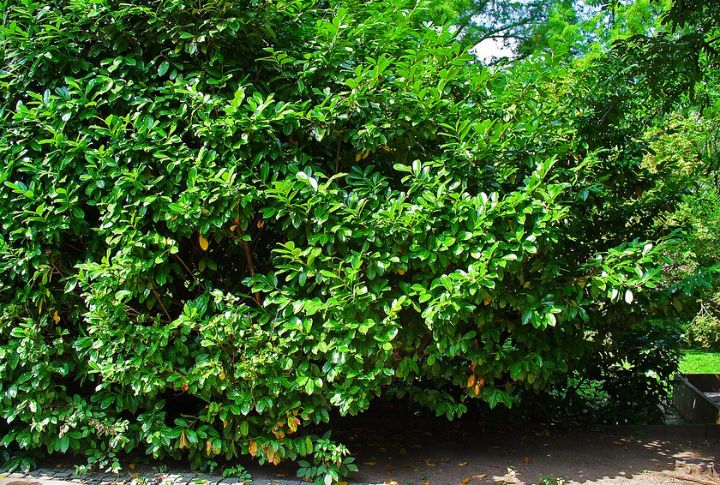
Overused and overrated, Cherry Laurel is invasive, toxic if ingested (due to cyanogenic compounds that release actual cyanide), and susceptible to shot hole disease and scale insects. Those fragrant white flowers that attract pollinators can’t make up for the headaches this plant creates in your yard.
Coming up next are five evergreens that actually deserve a spot in your landscape.
Eastern Redcedar
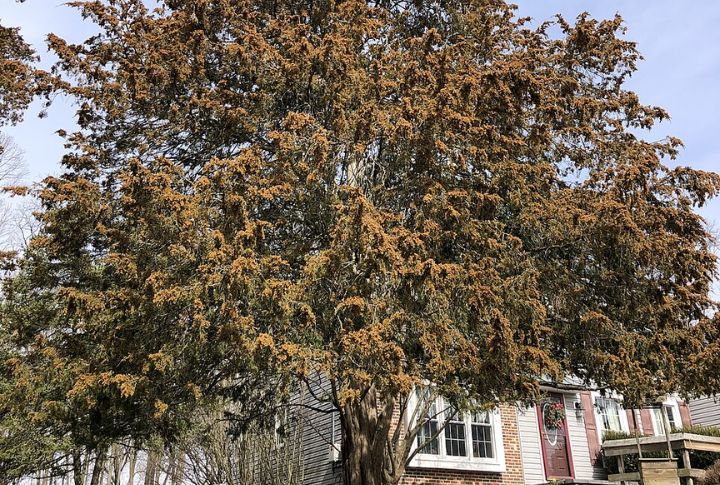
This native North American evergreen laughs at drought and poor soils while providing practical screening and windbreaks. Eastern Redcedar’s aromatic wood gets used for cedar chests and closet linings, and its berries feed winter birds when food is scarce. It’s basically the reliable friend who shows up when everyone else flakes out.
Serviceberry
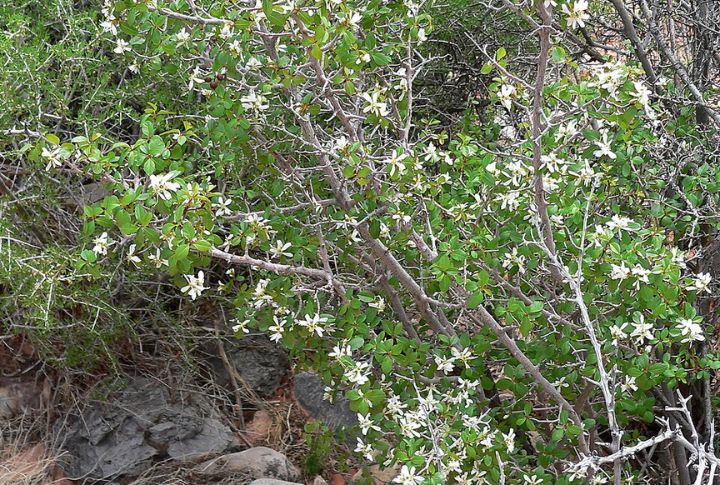
Trade Bradford Pear’s stink for Serviceberry’s gorgeous spring flowers and edible berries that attract wildlife. It’s highly adaptable to sun or partial shade, making it flexible enough for various landscape situations. Sometimes called “Juneberry” because the fruit ripens in June, this native produces berries you can actually use in jams and desserts.
Serbian Spruce
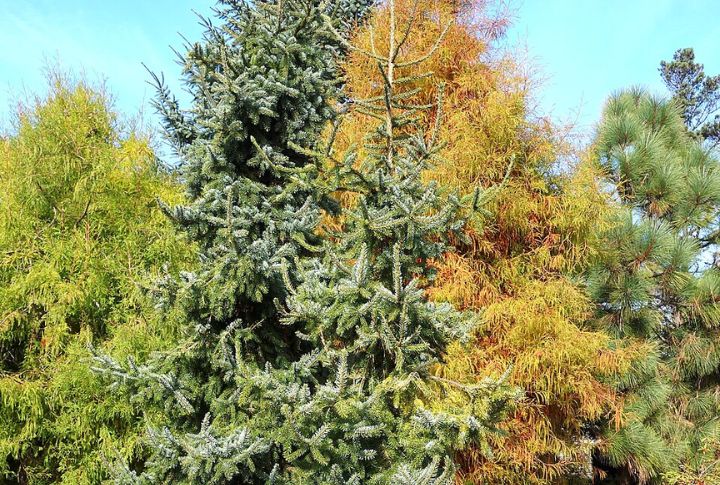
Serbian Spruce has a narrower growth habit and superior adaptability compared to many evergreens. The rare Balkan native tolerates urban conditions and resists common spruce diseases that plague its Norwegian cousin. Its distinctive two-tone needles—dark green above, silvery below—add visual interest that basic evergreens can’t match.
Eastern White Pine
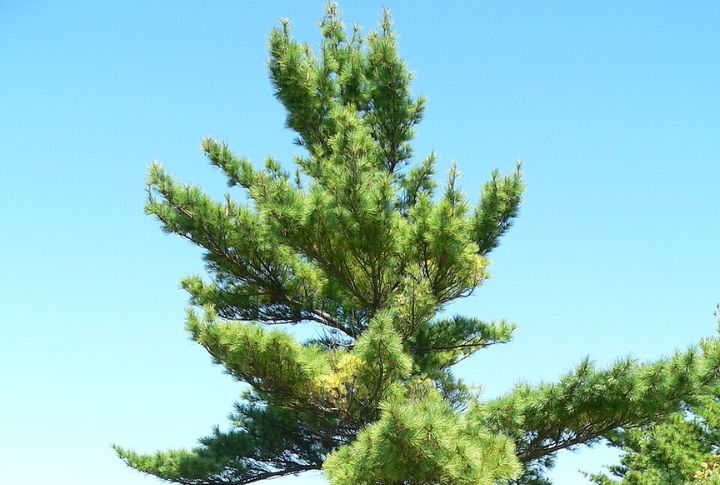
Eastern White Pine brings disease resistance and a graceful appearance without Monterey Pine’s drama. This tree can live for centuries and tower over a hundred feet in optimal conditions, with soft needles grouped in distinctive bundles of five. Historically prized for ship masts thanks to straight, tall trunks, the tree has proven its reliability over generations.
Emerald Green Arborvitae
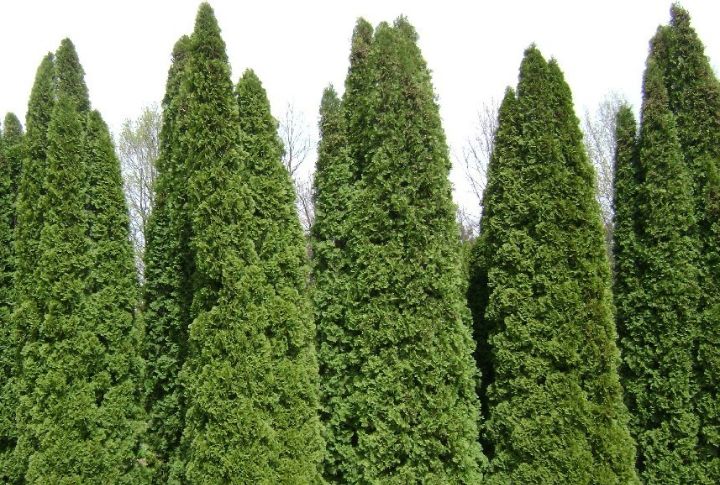
It’s like the Arborvitae finally figured out how to behave. This modern cultivar fixes everything wrong with older Arborvitae varieties: it resists browning, maintains compact size, and keeps its narrow upright form perfect for small hedges. Plant them just three feet apart for dense privacy screens that actually stay bright green throughout winter.

